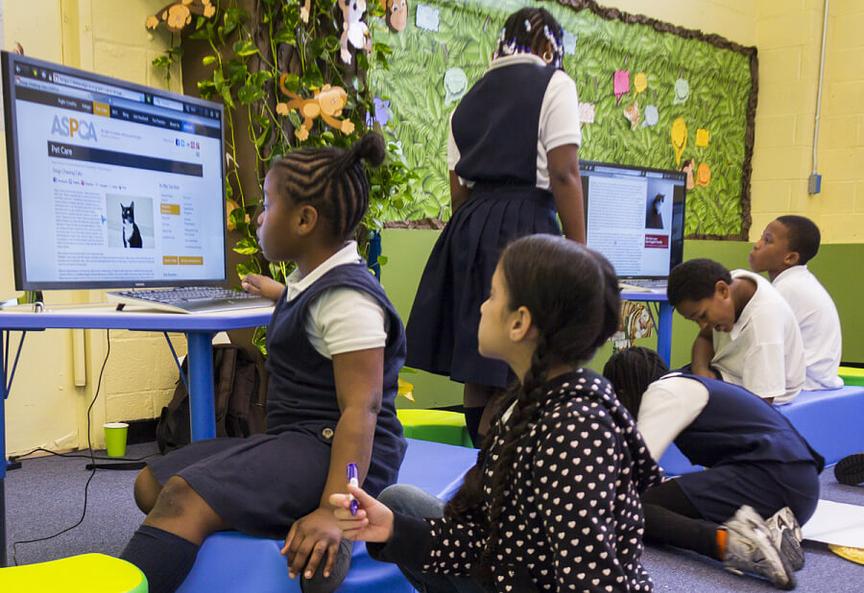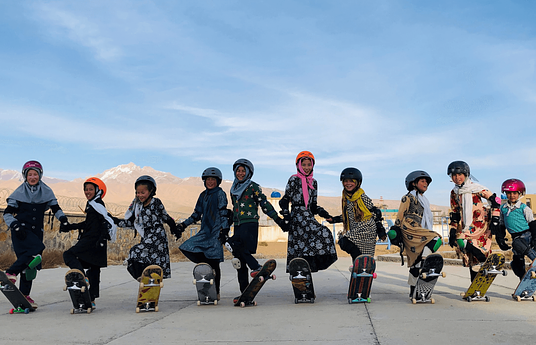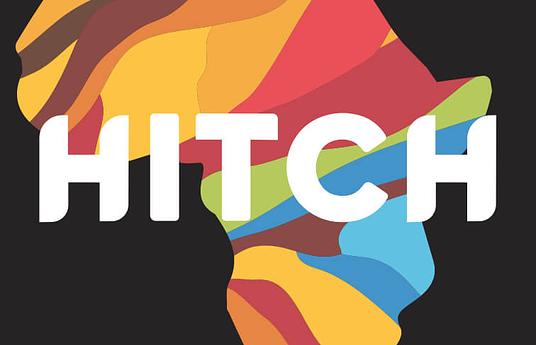SOLEs grew from Sugata Mitra’s “Hole in the Wall” experiment in New Delhi which recognised the potential for self-organised learning. This developed into the understanding that with access to the internet groups of children can learn almost anything by themselves. From India, the idea spread to the UK, then to the US and beyond. Today 100s of schools across the world are engaged in this global experiment ofself-organised learning.
In a SOLE, the educator poses a ‘Big Question’ to fire up the children’s curiosity and imagination. Without an easy answer, Big Questions reach across many disciplines and subjects to provide a deep, meaningful context for exploration. The students organise themselves into small groups and work collaboratively to find an answer using the Internet.
Developing 21st-century skills such as digital literacy and critical thinking is a key element of SOLE. As students search the Internet, they begin to distinguish the information that is valid and useful from the information that isn’t. Through debate and discussion, students synthesise the information they’ve gathered and present their findings to their peers.



